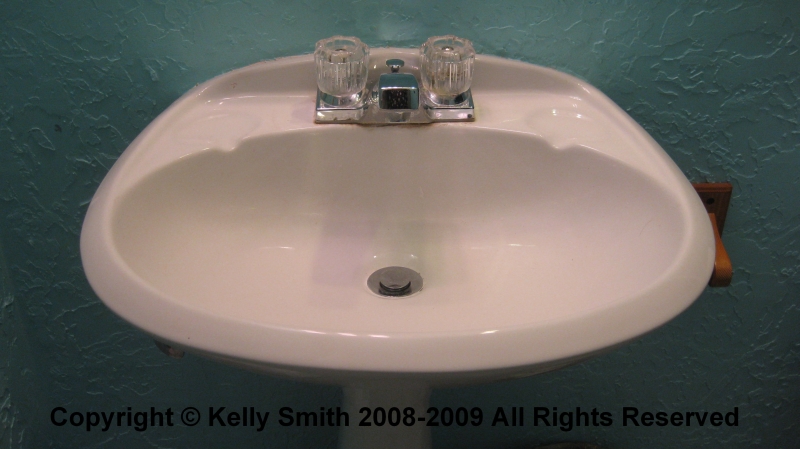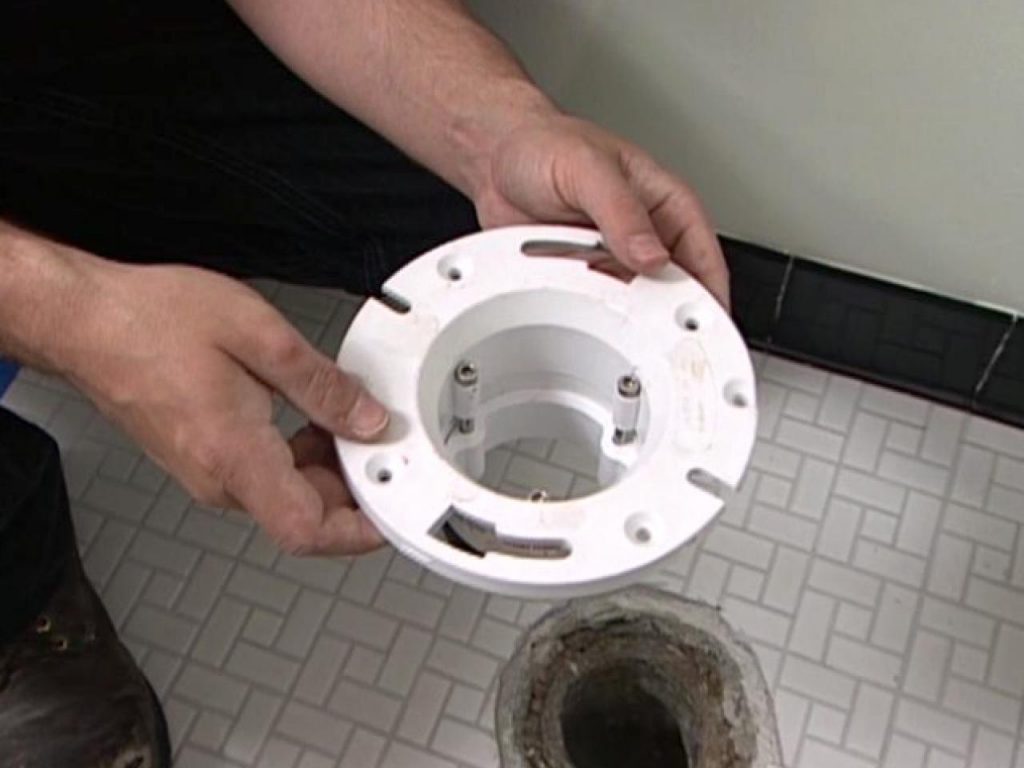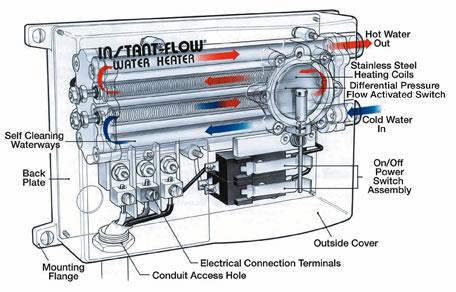How to Replace Faucet Cartridges, Washers, O-Rings, and Diaphragms

|
Ads we feature have been independently selected and reviewed. If you make a purchase using the links included, we may earn a commission, which helps support the site. Thank you for your support.
Sink faucets are found in laundry rooms, kitchens, bathrooms, and elsewhere. Because they’re just there, they usually aren’t given a thought until they fail. Some say that indoor running water is the single most impressive event that altered domestic society resulting in our present state of comfort.
In all homes, sink faucets, like toilets, will eventually fail. When this happens to you, first determine what kind of faucet you need to repair and replace cartridges, washers, O-rings, and diaphragms. This is why you should keep all documentation that comes with any appliance or part.
Faucets are an essential and fundamental part of our homes as well as businesses and the hotel industry. But when things do go south, as we know they will, the primary concept to understand is that there are a wide array of sink faucets available. Without identifying the faucet manufacturer and model, repairing a sink faucet is impossible.
Repairing Different Types of Faucets
Compression Faucets — This type is always doubled handled; look for this first in your identification process. These are fairly simple, while still functional and reliable; an internal washer raises to allow the water to flow. For this reason, they are also called washer-type faucets or stem faucets.
- Repair tip: For a dripping spout, replace your stem washer.
- Repair tip: For a leaking handle, replace your stem-packing and/or O-ring.
Diaphragm Faucets — These are also double handled.
- Repair tip: If only your handle is leaking, replace your O-ring.
- Repair tip: If your handle and spout are leaking, replace your diaphragm.
Disc Faucets — This type may have either one or two handles. It uses a pair of plastic or ceramic discs that regulates both the temperature and volume of water that reaches you, the customer.
- Repair tip: When it begins to act up, replace the seals and ensure that your inlet ports are unclogged. The discs themselves are sturdy, so rarely an issue.
Rotating Ball Faucets — Now we’re dealing with one that is always a single-handled faucet. It gets the name because of the design of a slotted plastic or brass ball that perches on top of a spring-loaded plastic seat. The handle causes the ball to rotate; this is what adjusts your temperature as well as your flow volume.
- Repair tip: If your handle is leaking, replace your O-rings and adjusting your adjusting ring. If the spout and handle are leaking, replace your diaphragm.
- Repair tip: If only your spout is leaking, replace your springs and seats as a set.
Cartridge Faucets — This model is a single lever faucet; it utilizes a cartridge that controls your water flow.
- Repair tip: Because of its simplicity, repair is easy. First try replacing your O-rings. If it is still acting up, change your cartridge. Always take the old one to the plumbing store to make sure you come home with the correct replacement.
Tools and Materials for Plumbing Repair
- Slip-joint pliers. Two are better than one for many plumbing projects.
- Teflon tape. Use either the paste or the tape; I find the tape easier to work with.
- Screwdrivers. Keep an assortment on hand, as we all should.
- Rags and a small plastic bucket. Because spills are going to happen.
- A set of nut-drivers. Many plumbing applications use automotive style connections.
There’s your basics on repairing bathroom or kitchen sink faucets. The main frustration I find is that there so many brands and models that you will often have to do a disassembly before trekking to Home Depot or Lowes or ordering from Further Reading
Looking for more great content? Visit our main page or partner sites: I offer article and blog-writing services. Interested? Contact me for a quote!
Did you find this article helpful? Millions of readers rely on information on this blog and our main site to stay informed and find meaningful solutions. Please chip in as little as $3 to keep this site free for all.
 Kelly R. Smith is an Air Force veteran and was a commercial carpenter for 20 years before returning to night school at the University of Houston where he earned a Bachelor’s Degree in Computer Science. After working at NASA for a few years, he went on to develop software for the transportation, financial, and energy-trading industries. He has been writing, in one capacity or another, since he could hold a pencil. As a freelance writer now, he specializes in producing articles and blog content for a variety of clients. His personal blog is at Considered Opinions Blog where he muses on many different topics.
Kelly R. Smith is an Air Force veteran and was a commercial carpenter for 20 years before returning to night school at the University of Houston where he earned a Bachelor’s Degree in Computer Science. After working at NASA for a few years, he went on to develop software for the transportation, financial, and energy-trading industries. He has been writing, in one capacity or another, since he could hold a pencil. As a freelance writer now, he specializes in producing articles and blog content for a variety of clients. His personal blog is at Considered Opinions Blog where he muses on many different topics.





 Kelly R. Smith is an Air Force veteran and was a commercial carpenter for 20 years before returning to night school at the University of Houston where he earned a Bachelor’s Degree in Computer Science. After working at NASA for a few years, he went on to develop software for the transportation, financial, and energy-trading industries. He has been writing, in one capacity or another, since he could hold a pencil. As a freelance writer now, he specializes in producing articles and blog content for a variety of clients. His personal blog is at
Kelly R. Smith is an Air Force veteran and was a commercial carpenter for 20 years before returning to night school at the University of Houston where he earned a Bachelor’s Degree in Computer Science. After working at NASA for a few years, he went on to develop software for the transportation, financial, and energy-trading industries. He has been writing, in one capacity or another, since he could hold a pencil. As a freelance writer now, he specializes in producing articles and blog content for a variety of clients. His personal blog is at 

